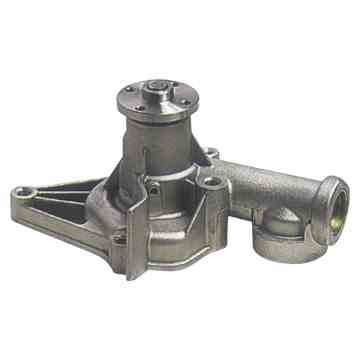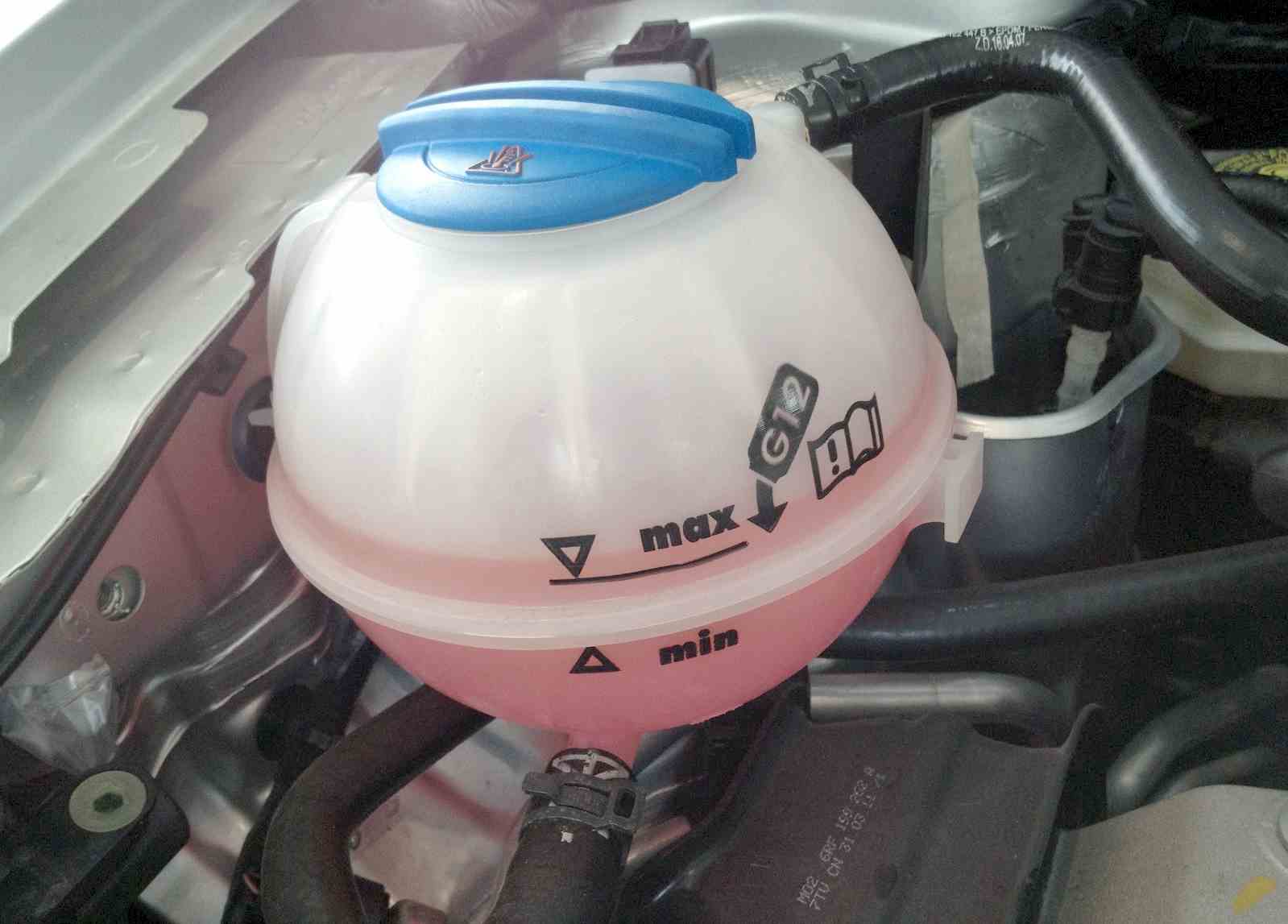Flushing your cooling system is important to the health of your radiator and other cooling system components. If your car is overheating, it may be time to have the radiator flushed. There are several benefits of flushing the cooling system. Read more below.
Flushing your cooling system will remove stale coolant.
Like oil and other fluids, coolant loses effectiveness over time. Replacing your coolant will ensure that the radiator and other components are able to properly cool your engine down and prevent overheating in your vehicle. We recommend that you read your car’s manual for specifications on when to replace coolant.
A flush removes contaminants from the cooling system.
A cooling system flush will force contaminants such as rust, dirt and grime out of your radiator. This is important because these contaminants can damage the radiator over time. If contaminants block important passages, the coolant will not be able to get where it needs to be, potentially causing the vehicle to overheat.
Prevent Electrolysis and Possible Blown Head Gaskets
Virtually all car engines have used an aluminium cylinder head and cast iron engine block since the late 1970’s. When you have different metals in connection with a fluid you get an electrical property called “electrolysis”. What happens with electrolysis, is that electricity flows between the aluminium parts of the engine to the other cast iron and steel parts of the engine through the engines coolant system water.
For example, if you only had tap water in your engine coolant system then a small electric current would flow between the different types of metal parts (mainly the aluminium cylinder head and the cast iron engine block). This could cause rapid corrosion between the two different metal surfaces, where they join with a Cylinder Head Gasket. These results are often corrosive pitting, flaking, etching out small pin holes, and eating away of the different metal parts and cylinder head gasket.
Other parts commonly affected by electrolysis are:
- engine water pump
- engine frost plugs
- radiator core
- radiator header tank
- heater core
- heater hoses
- heater controls / valves
- radiator cooling system hoses can become restricted or blocked with rust and other particles
- radiator cap
- engine cooling system thermostat and thermostat housing
- coolant system temperature sensors
- cooling system reservoir tank becomes discoloured with rusty water making it hard or impossible to see the coolant level
- cooling system oil coolers
- engine oil coolers (some high-performance vehicles)
- intercoolers (some high-performance vehicles)
- power steering coolers (some high-performance vehicles)
Flushing protects your water pump.

The water pump ensures that coolant continues to move around your engine while maintaining an optimum temperature. A radiator flush will improve the lifespan of your vehicle’s water pump by lubricating it, reducing damage caused by friction over time.
Radiator flushing extends your vehicle’s lifetime.
If your car overheats due to a broken cooling system, you could end up causing very expensive engine damage. In this case, it is often more cost efficient to buy a new car than to repair the engine in your old one. Regular maintenance of your cooling system will keep it running correctly, removing the risk of your vehicle overheating.
Checking your coolant.
[error]To avoid serious burns, never remove the radiator cap while the vehicle is still warm. Wait at least 45 minutes for the engine to cool down completely and very carefully remove the radiator cap with a rag to prevent possible burns.[/error]
 The best way to check the status of your coolant is by physically examining it. Remove your radiator cap (once the vehicle is cold) and examine the liquid in your radiator/coolant reservoir.
The best way to check the status of your coolant is by physically examining it. Remove your radiator cap (once the vehicle is cold) and examine the liquid in your radiator/coolant reservoir.
Does the coolant have particles floating around in it? This is a sign of rust in your cooling system. Rust will cause wearing of your cooling system over time. Depending on the amount of particles in the system, you should consider getting the coolant replaced soon, especially if the rust is accompanied by other problems such as high engine temperatures.
Rust in the coolant system will look brown (or orange / brown) and often leaves stain marks in the coolant system tank, on the bottom of the radiator cap and inside the radiator header tank. Most modern engines require antifreeze which should be a fairly bright colour, with common colours such as red, yellow or green.
If your cooling system has orange / brown rusty or clear looking water, then you need to get it serviced to ensure you have the right mixture of the correct anti freeze
Learn more about checking your cooling system for damage.
What type of coolant to use?
Some engine configurations are more prone to overheating than others, especially in small, compact cars. If you have had previous problems with your overheating, we recommend using a coolant that has “anti boil” properties. These may cost a little more but the health benefits for your engine are worth it.
If your cooling system is in good condition, we suggest that you use a coolant which also contains cleaning additives. This will keep rust and other contaminants out of your radiator and cylinder head and engine block, meaning you won’t have to change your coolant for a long time.
We offer cooling system flushing and repair in Hamilton.
When you get your cooling system flushed through Grimmer Motors, we will be able to examine your radiator and cooling system components, identifying any dangerous problems that could cause expensive damage if left untreated.
Additionally, we provide electronic testing with all services over $49. This means that our advanced software can detect all other problems in your vehicle. We will then let you know of any problems detected and give you quality advice on how they can be fixed.
For reliable radiator flushing and cooling system repair in Hamilton, contact Grimmer Motors today.

